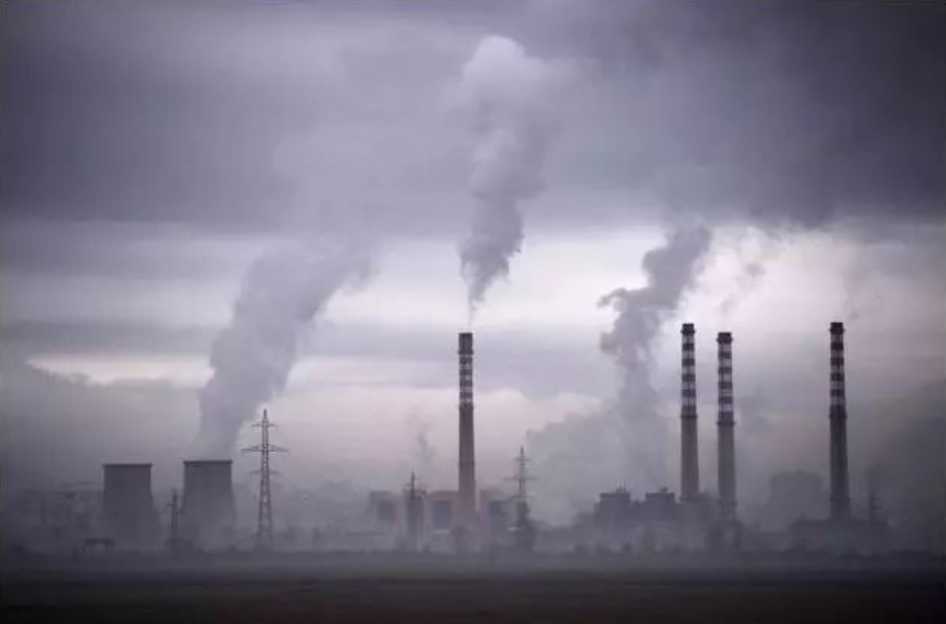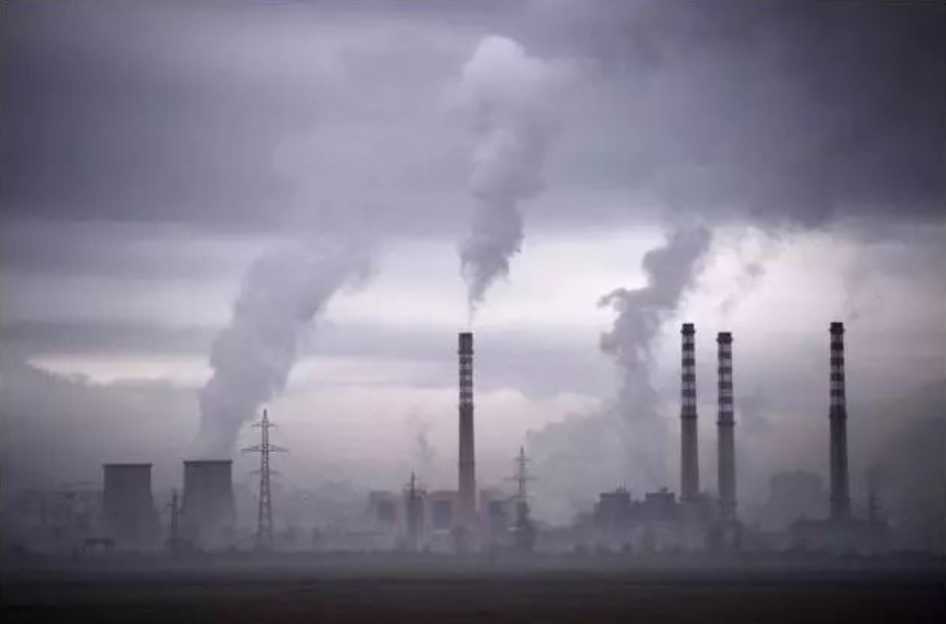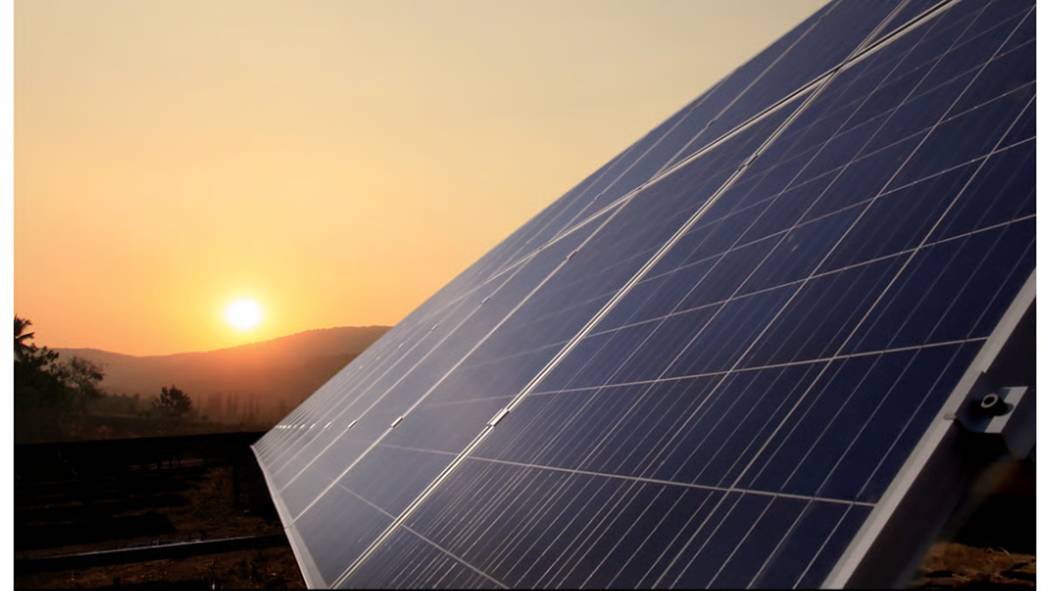Current data projects Earth’s surface temperature will rise by 1.4 to 3 degrees Celsius by 2050. Even with extreme greenhouse gas emission cuts, climatic inertia will drive warming, triggering dire consequences: coastal city risks from rising seas, famine due to crop yield declines, water scarcity for millions from droughts, and billions in flood damages.
Source: Images from the Internet, if there is any infringement, please contact the removal of
Over the next 30 years, these crises will spur investments in technologies to mitigate climate impacts. Short-term solutions include flood-risk mapping systems and drought-resistant genetically modified crops. Longer-term, more ambitious tech may emerge, such as capturing atmospheric greenhouse gases like CO₂ and methane for safe underground storage.
Yet, a worst-case 3-degree rise would severely disrupt Earth’s climate, making mitigation extremely difficult. Extreme geoengineering could become the only lifeline—scientists have proposed dispersing sulfur or aluminum in the atmosphere to reduce sunlight reaching the surface. These remain theoretical, however, carrying enormous risks.









